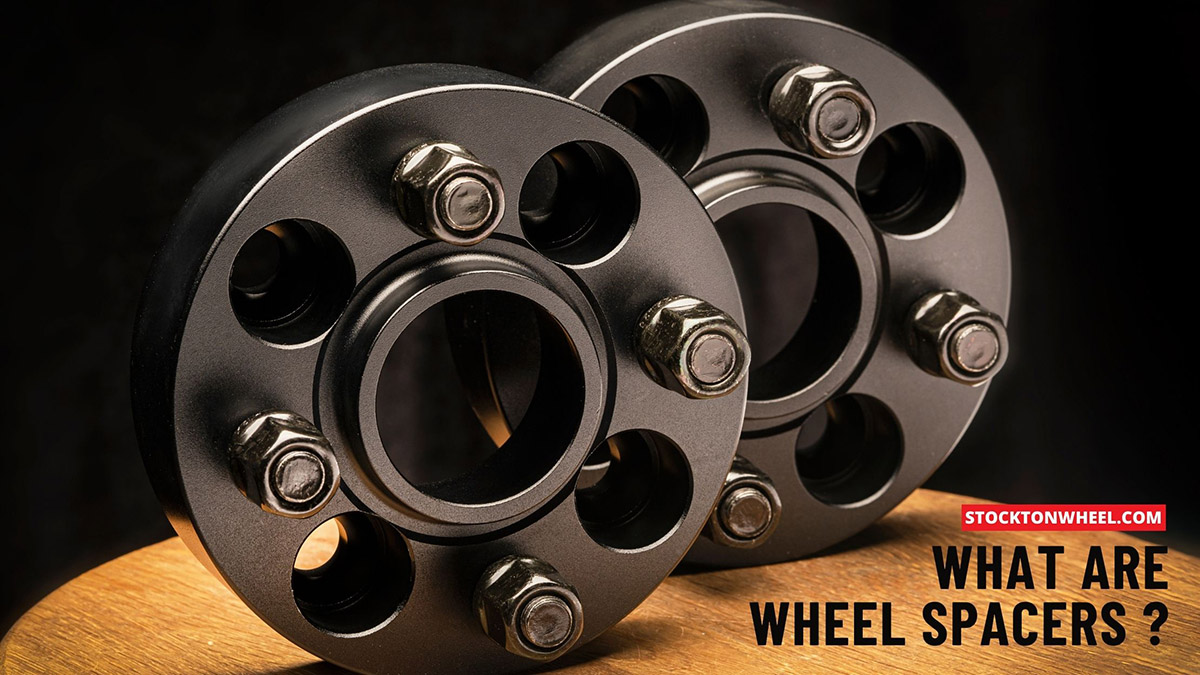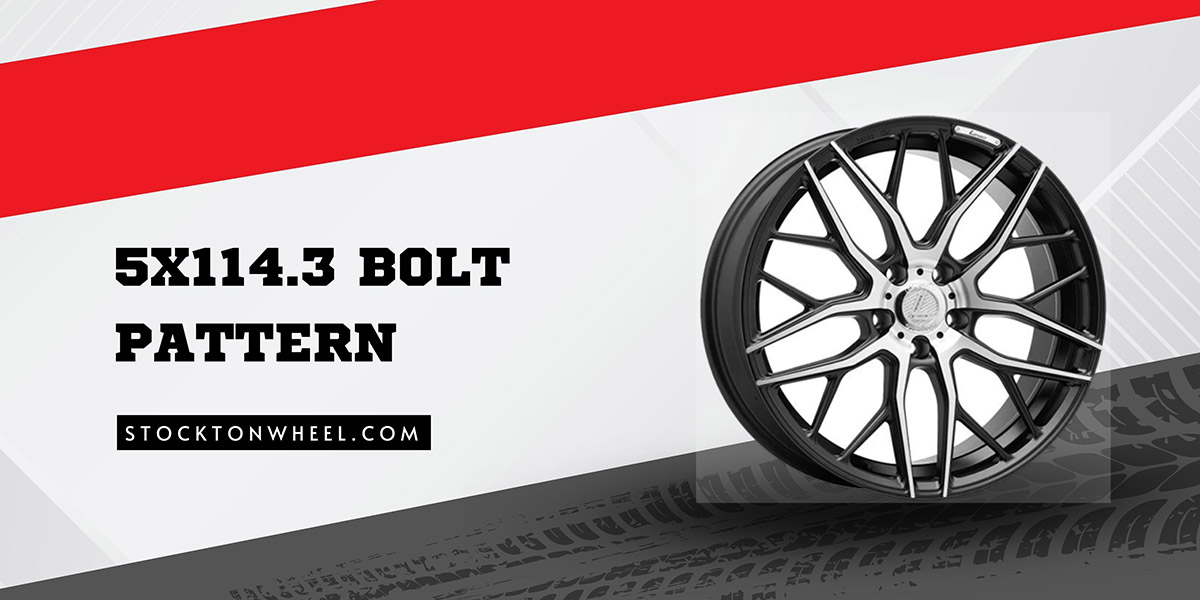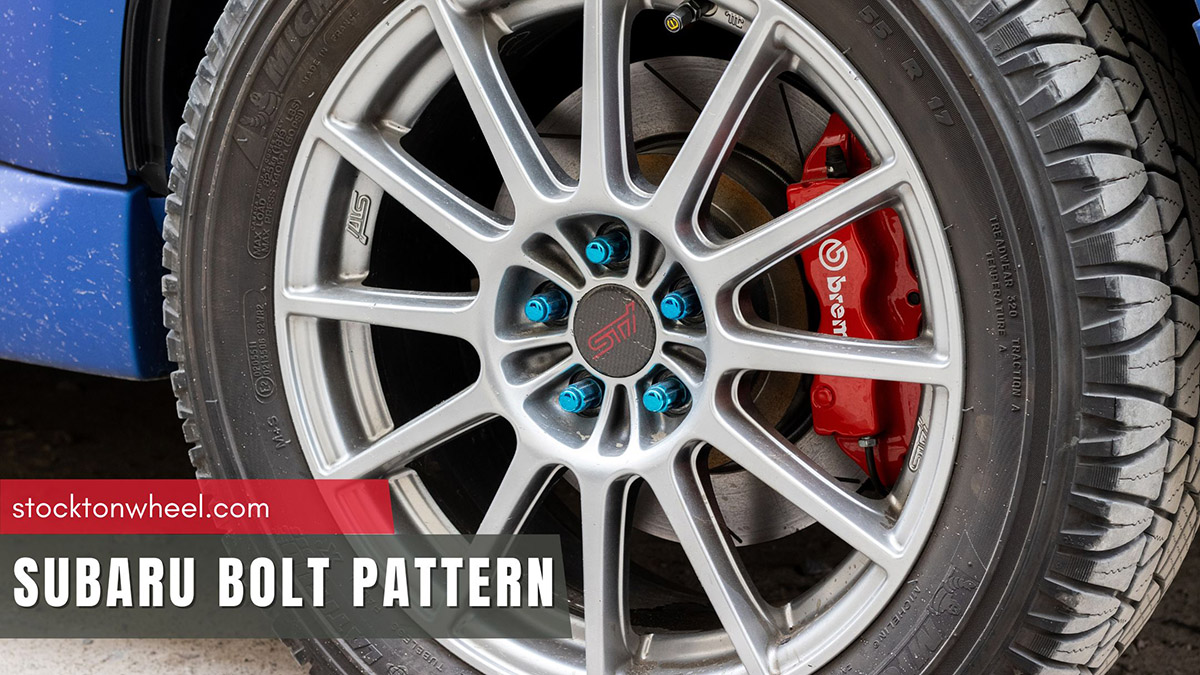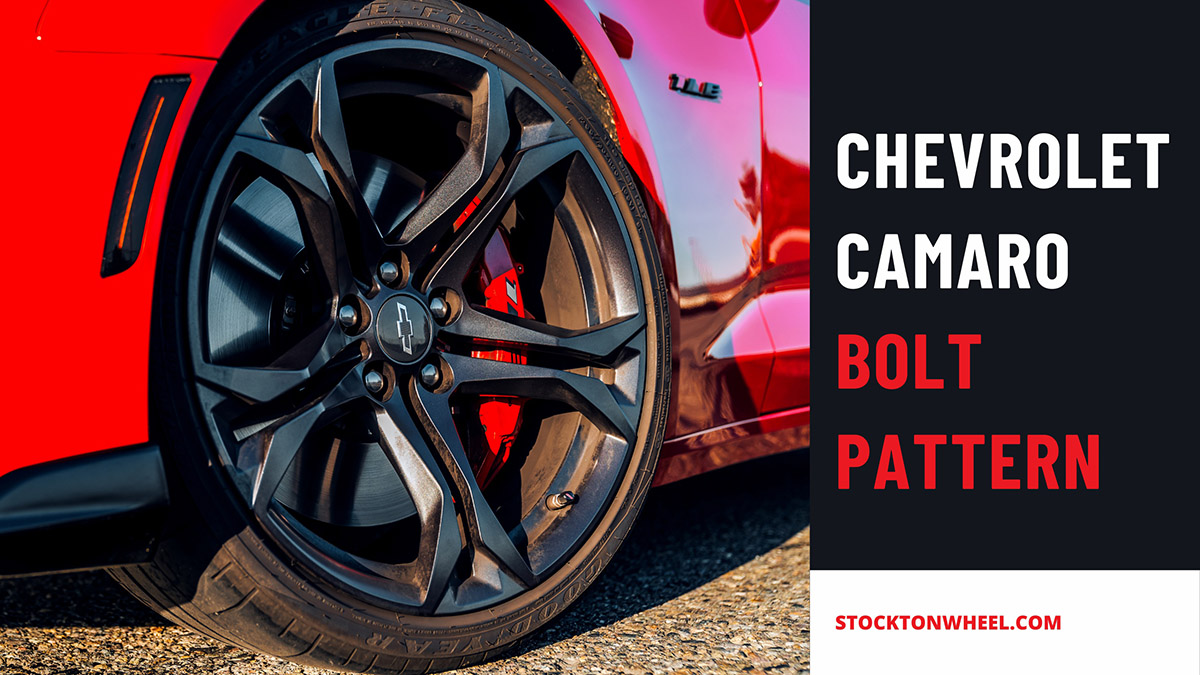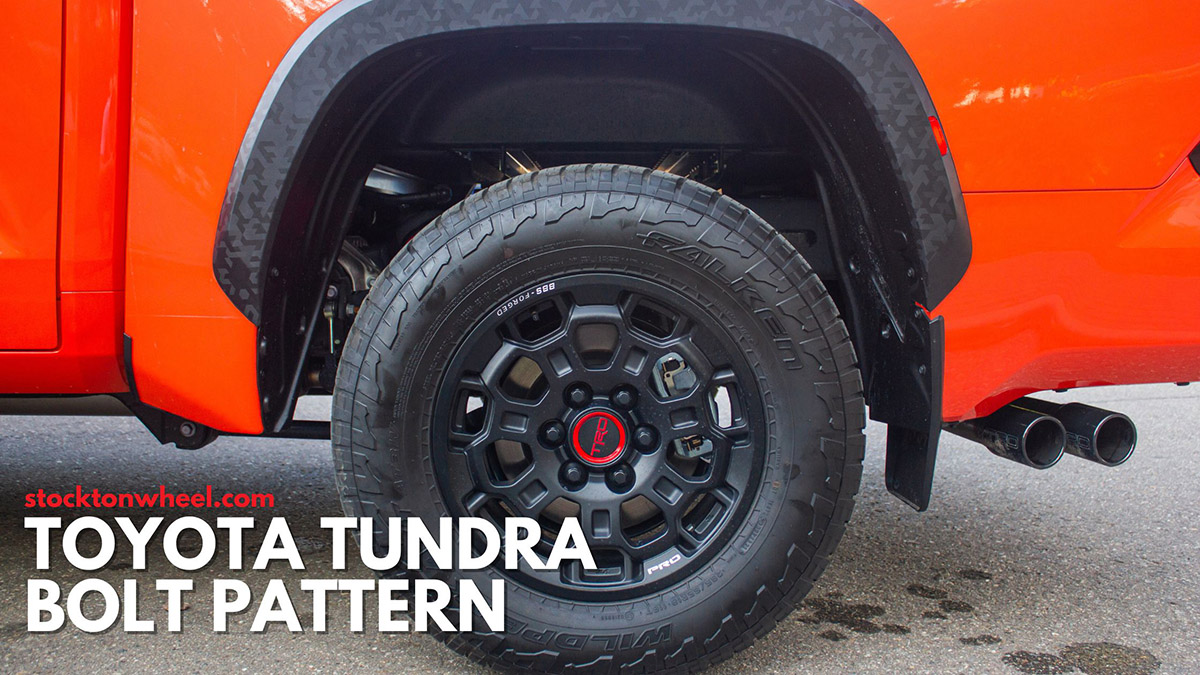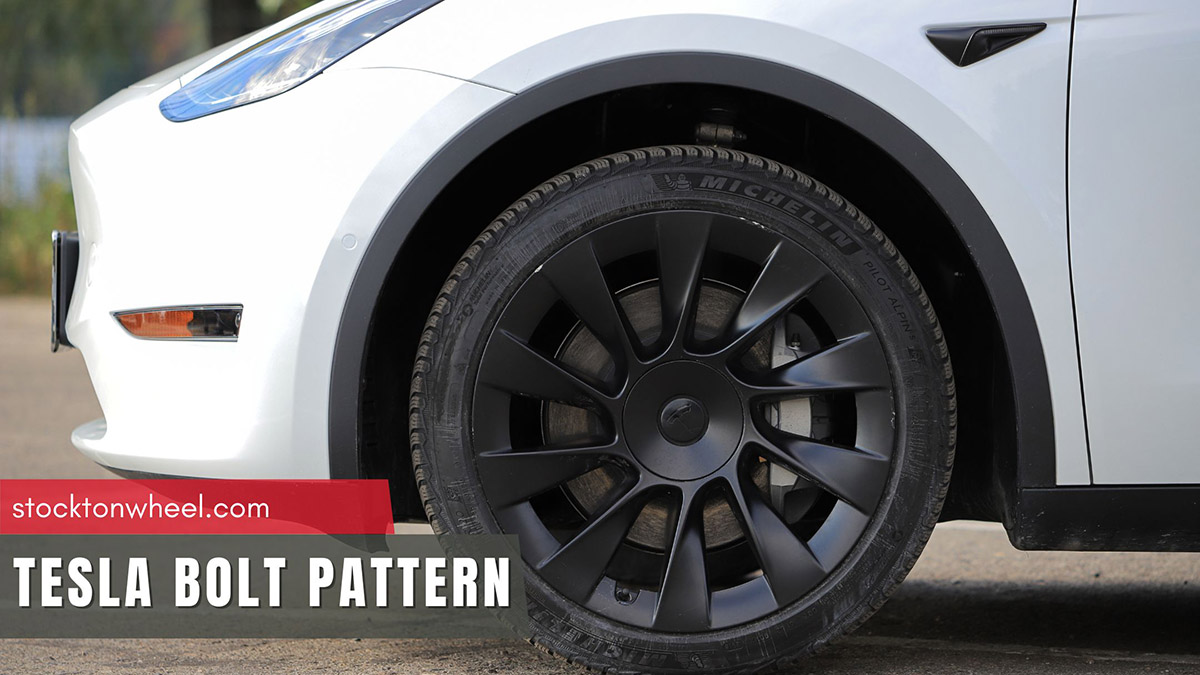Wheel spacers have become increasingly popular in recent years, thanks to the rise of off-roading and overlanding. But are spacers bad for your car?
Let’s learn more about wheel spacers and how they can improve your off-roading or overlanding experience!
In this article:
What Is A Wheel Spacer? What Does It Do?
A wheel spacer is a flat metal disc – an aftermarket wheel part – installed between the wheel hub and the wheel, moving the wheel further away from the vehicle’s body. They are commonly used on off-road vehicles to improve stability and allow for the use of larger tires or overlanding vehicles to increase grip and traction.
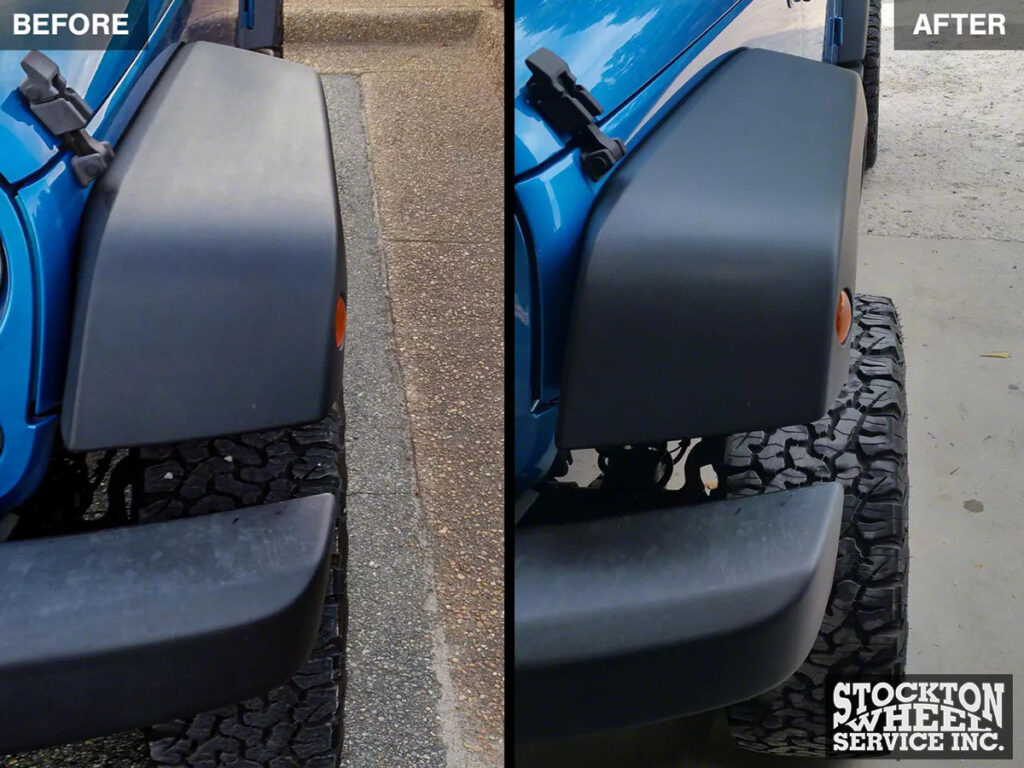
Are Wheel Spacers Safe?
Overall, wheel spacers are safe if used correctly. However, be aware of the potential risks and take steps to mitigate them.
High-quality wheel spacers made from durable materials and installed correctly are generally safe. Cars with these parts will have a wider stance and improve their handling. On the other hand, spacers can make it more difficult to turn and add stress to the suspension components. It’s crucial to weigh the pros and cons before deciding whether or not to use them.
Note that insufficient manufacture or improper installation might render wheel spacers unsafe. A serious accident could occur if these parts are not tight enough and the wheels break loose.
How Do Wheel Spacers Work?
Wheel spacers are typically made of aluminum or steel, and they come in a variety of thicknesses.
Installing spacers means moving the wheel further away from the vehicle’s hub, increasing the wheel’s offset. For example, a 10mm wheel spacer will push the wheel 10mm away from the car’s body.
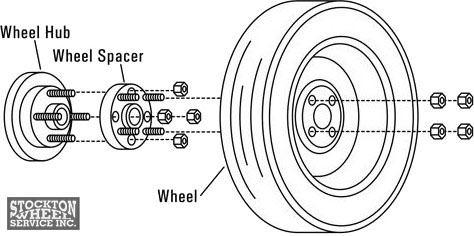
Wheel spacers can also affect the angle of the steering wheel. This can make the steering wheel feel lighter or heavier while the car is more or less responsive to steering input.
Types Of Wheel Spacers
There are two main types of spacers: hub-centric and lug-centric.
The hub-centric spacer is the safest type to use. They center the wheel on the hub, which reduces stress on the wheel studs and bearings, improves handling, and reduces vibration.
Lug-centric spacers center the wheel on the lug studs. They are not as safe as hub-centric wheel spacers but are a more affordable solution. You can find this type of spacer on vehicles with non-hub-centric wheels.
Other wheel spacer types include bolt-on, angled, and adaptor spacers.
Pros and Cons Of Car With Wheel Spacers
Pros
- Wheel spacers can give a wider, more aggressive stance.
- Wheel spacers can widen the track width, improving stability while reducing the risk of rollovers.
- This part gives your vehicle a lift, making it easier to clear obstacles and drive over rough terrain.
Cons
- Put more stress on the suspension’s components and other parts of the vehicle, including the axles, bearings, and wheel studs.
- Reduce suspension flex, deteriorating the ride quality.
- Increase the chance of wheel vibration and amplify imperfections in the wheel or hub.
- Can cause potential safety issues like the wheel coming free if they are not put correctly.
How To Choose The Right Tire Spacers For Your Car
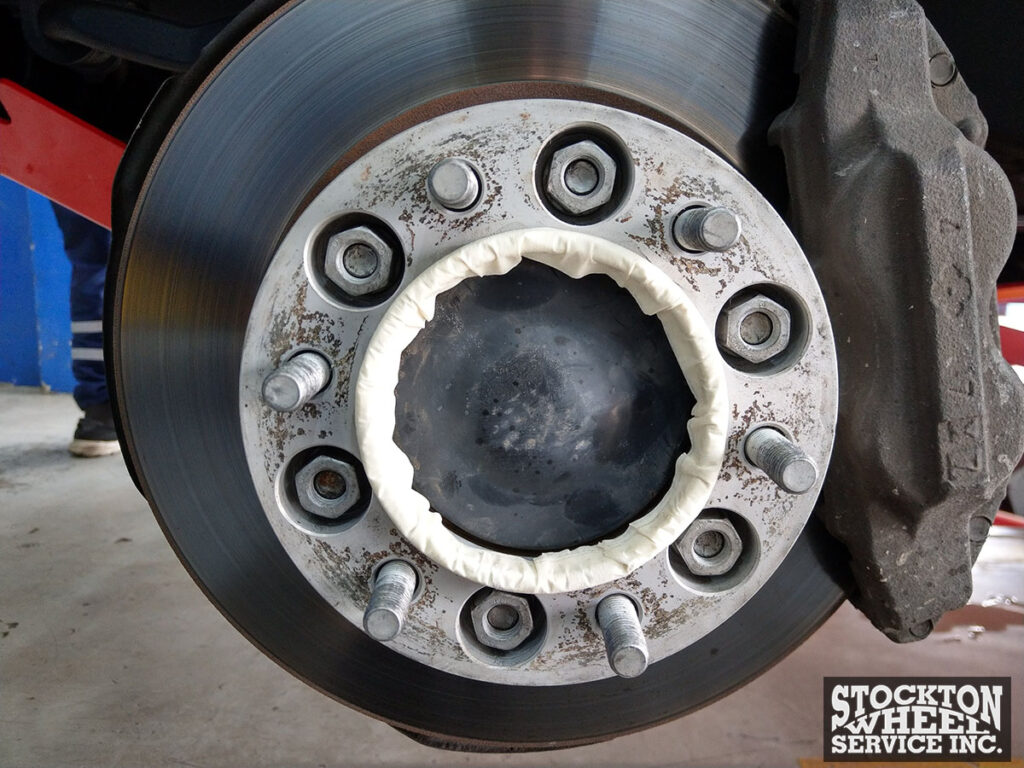
Consider the following criteria:
- Vehicle compatibility: Make sure to choose wheel spacers compatible with your vehicle’s make, model, year, and wheel bolt pattern. You can find this information in your vehicle’s owner’s manual or by contacting the manufacturer of the wheel spacers.
- Wheel offset and size: Factor in the size and offset of your wheels. If the wheel spacers are too thick, it could cause your wheels to rub against suspension or other components.
- Thickness: The thickness of the wheel spacers will determine how much they move the wheels away from the vehicle’s body. If you are unsure what thickness to choose, it is best to consult with a qualified mechanic.
- Material: Aluminum and steel are two common materials of wheel spacers. Aluminum models are lighter yet more expensive, while steel ones are heavier but more affordable.
- Brand: There are many different brands of wheel spacers available. It is best to choose wheel spacers from a reputable brand.
How To Install Wheel Spacers
To install wheel spacers as professionals do, follow these steps:
Step 1. Choose a flat surface to park and set the parking brake. Then, use wedges or wheel chocks to block the front and rear tires.
Step 2. You’ll need a lug wrench and a jack to loosen the nuts on each wheel. Then, jack up the car and remove the wheels.
Step 3. Use a wire brush to clean the hub and wheel mounting surfaces to remove dirt, rust, or debris.
Step 4. Apply a thin coat of anti-seize lubricant to the lug studs and wheel mounting surfaces. This will prevent the lug nuts from seizing and make it easier to remove the wheels in the future.
Step 5. Place the wheel spacers on the hub and align the lug holes. Then, hand-tighten the lug nuts in a star pattern.
Step 6. Use a torque wrench to tighten the lug nuts to the manufacturer’s specifications.
Step 7. Place the wheels on the vehicle and tighten the lug nuts in a star pattern.
Step 8. Take a test drive to ensure the wheel spacers are properly installed while the car is handled correctly.
If you are not comfortable installing wheel spacers yourself, it is best to have them installed by a qualified mechanic.
FAQs
Do Wheel Spacers Affect My Vehicle’s Warranty?
In most cases, wheel spacers will not void your warranty unless they are directly responsible for a failure.
For example, if you install wheel spacers by yourself and then experience a problem with your suspension, the manufacturer may deny your warranty claim if they can prove that the wheel spacers caused the problem.
What Is The Maximum Thickness Of Wheel Spacers That I Should Use?
Generally, wheel spacers thicker than 25mm are not preferable. If they are even thicker, you will overstress the suspension and other parts of your vehicle.
The maximum thickness of wheel spacers depends on several factors, including your vehicle’s make, model, year, wheel size and offset, and the type of wheel spacers you use.
What Is The Difference Between Wheel Spacers And Wheel Adapters?
A wheel spacer does not change the bolt pattern of the wheel, while a wheel adapter does.
Wheel spacers are used to increase the distance between the wheels and the vehicle’s body, enhancing some features of the vehicle. Wheel adapters are used to change the bolt pattern of the wheel.
How Much Do Spacers Cost?
Wheel spacers range in price from $50 to $200 per spacer, depending on the brand, material, thickness, and bolt pattern.
Popular brands include Spidertrax, Eibach, H&R, Supreme Suspensions, and Rough Country. To find the best deals, shop around and compare prices, look for sales and discounts, and consider buying a set of spacers instead of individuals. Have the spacers installed by a qualified mechanic to ensure safety.
Conclusion
Wheel spacers are a good option if you are looking to improve the appearance or handling of your vehicle or if you need to fit wider wheels and tires. They are relatively inexpensive and easy to install, but it is important to choose the right wheel spacers for your vehicle and to have them installed by a qualified mechanic.

